“Coffee is turning out to be quite a cosmic issue–and the way it’s grown, marketed, and consumed has implications for the environmental health of the world.”
–Russell Greenberg, Director of the Smithsonian Migratory Bird Center (1996)
That quote is from 25 years ago.
That seems like such a long time, but in the big, grand history of the Earth it doesn’t merit a blink. And yet…
Things are changing quickly.
This week, Jay Ruskey, the Founder and Farmer behind Frinj Coffee and Good Land Organics, joins the show for the first time as a Coffee Smarter expert. He was on the show last season as a guest to talk about his coffee and farming journey. Climate change is a huge topic, and I thought that Jay would be a great resource as someone whose livelihood and life’s work brings him in close contact with climate and weather and the land on a daily basis.
I wasn’t wrong. He has a knack for describing complex systems in easy to digest layman’s terms.
I say this in the show, but it is important to reiterate, there is no way for us to fully describe what climate change is, how it is impacting us now, or how a farmer might be working to anticipate a changing climate in what amounts to about a 30 minute podcast.
So if you’re listening, and you think…well, why didn’t Jay say that? Why didn’t Ryan ask this? The answer is simple…the show is only so long! We’re doing our best to condense a big concept into a fairly concise window.
My big takeaway from the show is that things getting hotter and drier might get the headlines but wind and disruptions in the seasonal flow of farming are just as impactful. As a result farms like Good Land Organics and coffee farms—worldwide—need to prepare for these changes by building resilient food production systems, and be willing to examine their traditional methods of farming in search of opportunities to become more efficient and more effective. Doing so isn’t just going to be climate friendly, it will be good business too.
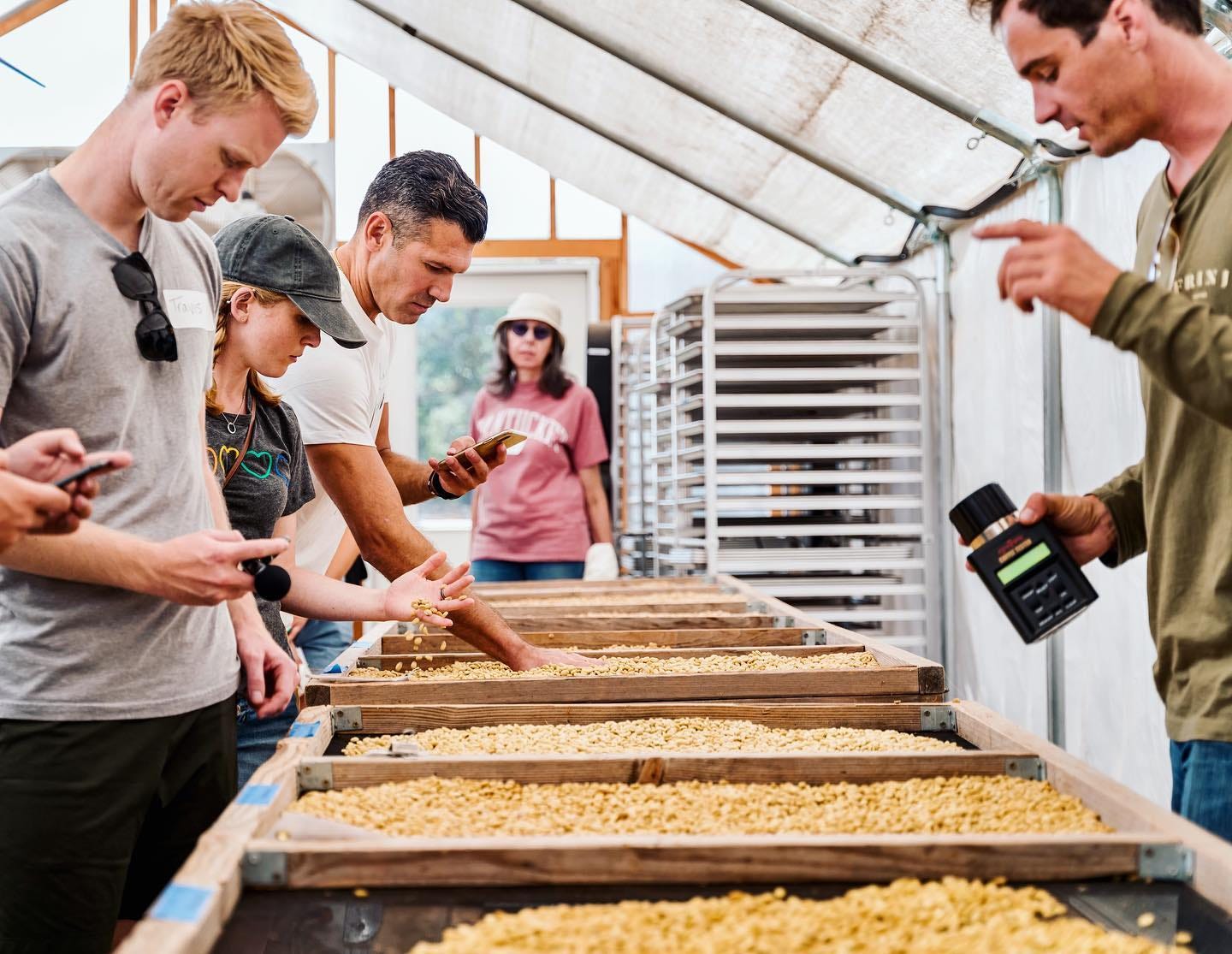
Near the end of this episode, Jay said something that has stuck with me for a few days. He thinks the pandemic has pushed coffee culture forward into a new phase or wave where the changes revolve around coffee experiences.
We covered the definitions of 1st, 2nd, and 3rd Wave coffee in season one of the show. It is interesting to think we could be living through a changing of the industry. It reminds me of a quote from someone, somewhere about wishing they knew they were in the good old days when they were actually living them. I wonder what I’ll think when the future 4th Wave coffee drinking version of myself looks back at the past few years.
HOW MUCH?
How much do you normally pay for a cup of coffee? $5.00 or $3.00? How about a bag of freshly roasted beans? More than $15, or less? Why did that become your purchasing threshold?
We all have these Goldilocks numbers that register our brains as being too high, too low, or just right. With coffee it seems decades of cheap diner coffee with unlimited refills have skewed our collective opinions of what a cup of coffee is worth.
The more I learn about coffee, the supply chain, the people, and the joy found in a really good cup of coffee the more I’m coming to treat coffee like a luxury item. A choice I make with the intent to enjoy and appreciate instead of just to kickstart my morning. My number has been getting higher, but instead of being bummed about the extra pennies, I’m enjoying each cup more because of the intention I’ve been putting behind it.
I’m not saying (nor suggesting) you should to dip into your savings for every single cup of coffee. I am asking that when you find yourself agreeing with that imaginary voice that says “too much” or “just right,” take a moment to ask yourself why that is your number. Take stock of what you value in your coffee (or wine or beer), and see if your numbers stay the same.
TYPES OF WIND
The Santa Anas are strong late season winds that push hot, dry air out of the desert, up over the mountains and down over coastal California. You may have heard them referenced in a Steely Dan song. It is thought they are named after the Santa Ana Canyon in Orange County where newspapers reference the Santa Ana winds as far back as 1882.
This overhead photo shows the wind blowing out over the Southern California coastline. LA is up near the top. San Diego roughly dead center. You can see the little hook where the harbor is located.
The Santa Ana winds bring low humidity along with hot, dry air creating a sort of perfect storm for wildfire conditions. They’re associated with the largest and deadliest record-breaking fires of the past few years, including the Camp, Thomas, and Cedar Fires. They are also associated with changes in our mood and behavior. It is no surprise they’ve been nicknamed the “Devil Winds.”
Sundowner winds often precede the Santa Anas by a few days and are similar but blow the opposite direction, in from the ocean, and are nicknamed as such because they generally begin to strengthen at sundown.
FROM THE SHOW
California has been in and out of drought for a long time. Drought often feels like our default, and one way the state is attempting to combat the current and impending lack of water is by converting sea water into drinkable fresh water at desalination (de-salting) plants. There is one right near my home, and this 90-second video gives you a quick look at what the plant does.
Water rights in California are incredibly confusing. The complex machinations at work ensuring some regions or land owners get first dibs at the water rushing past from a river or pumped from underground are based on agreements made more than 100 years ago that have become part of the water rights laws.
I am not the right person to describe it all, but check out this recent article about limits on water usage in California from NPR if you’d like to get a bit more insight into the current situation, and how those long standing water rights may be changing as our climate creates more demand at time when the supply is diminishing.Frinj Coffee has started offering coffee experience tours on the Good Land Organics farm. Events include a walking tour, and guided tastings of coffee and pastries and fruit. Bookmark the Frinj Coffee online shop so you can quickly see when the next coffee experience tour opens up.
SUBSCRIBE TO ROAST! WEST COAST
Roast! West Coast is always free, but if you have been enjoying the show consider a monthly tip. It’s likely we’ll spend it on a cup of great local coffee. Thank you!
ROAST! INDUSTRY PARTNERS
Thanks to the the Roast! Industry Legacy Partners. Click these links. Drink their coffees (and whiskey).
Zumbar Coffee & Tea • First Light Coffee Whiskey • Leap Coffee • Steady State Roasting • CAFÉ LaTERRE • Mostra Coffee • Cape Horn Coffee Importers • Marea Coffee • Coffee Cycle • Camp Coffee Company
Listen to the show on these platforms!

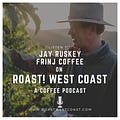


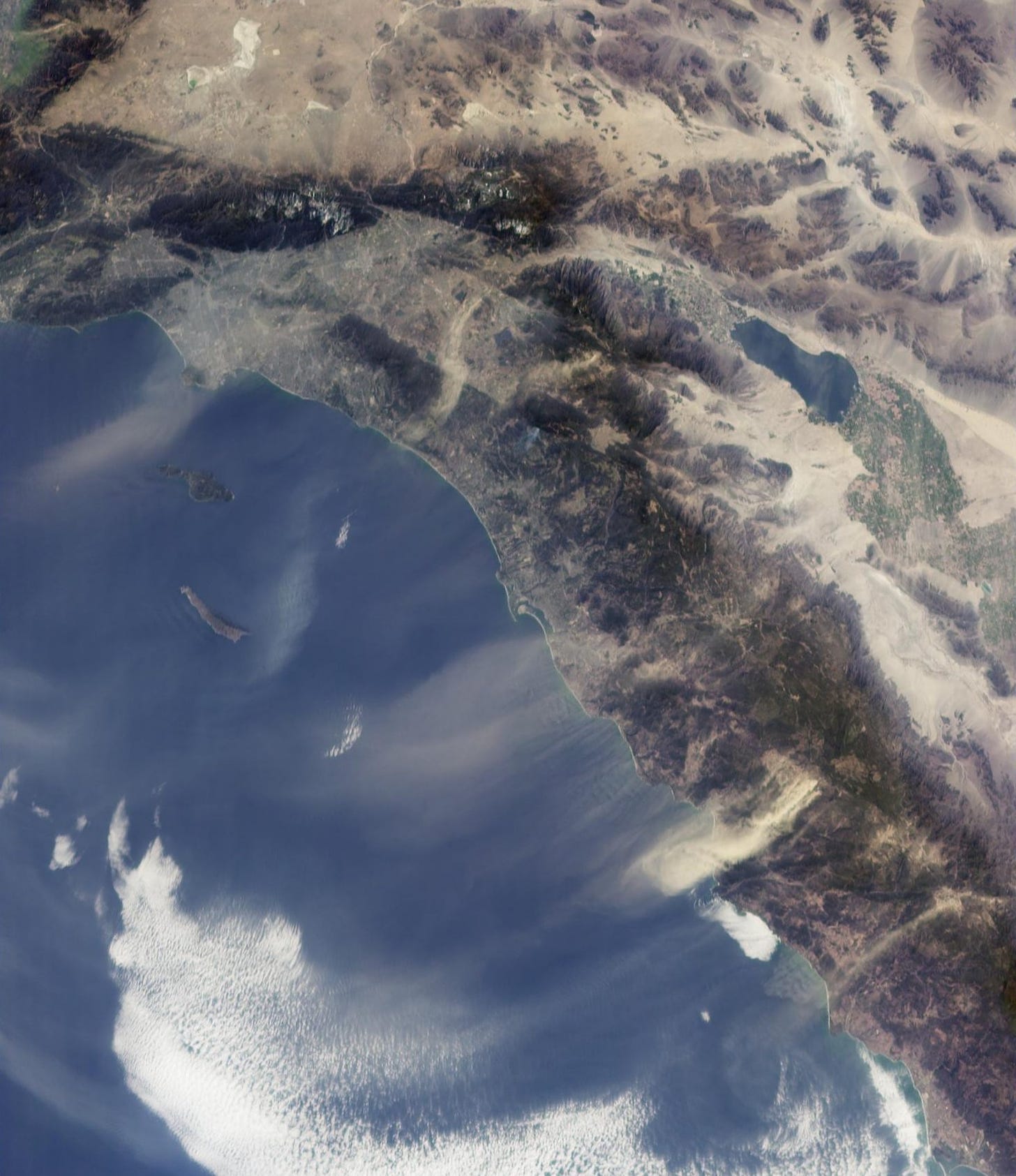
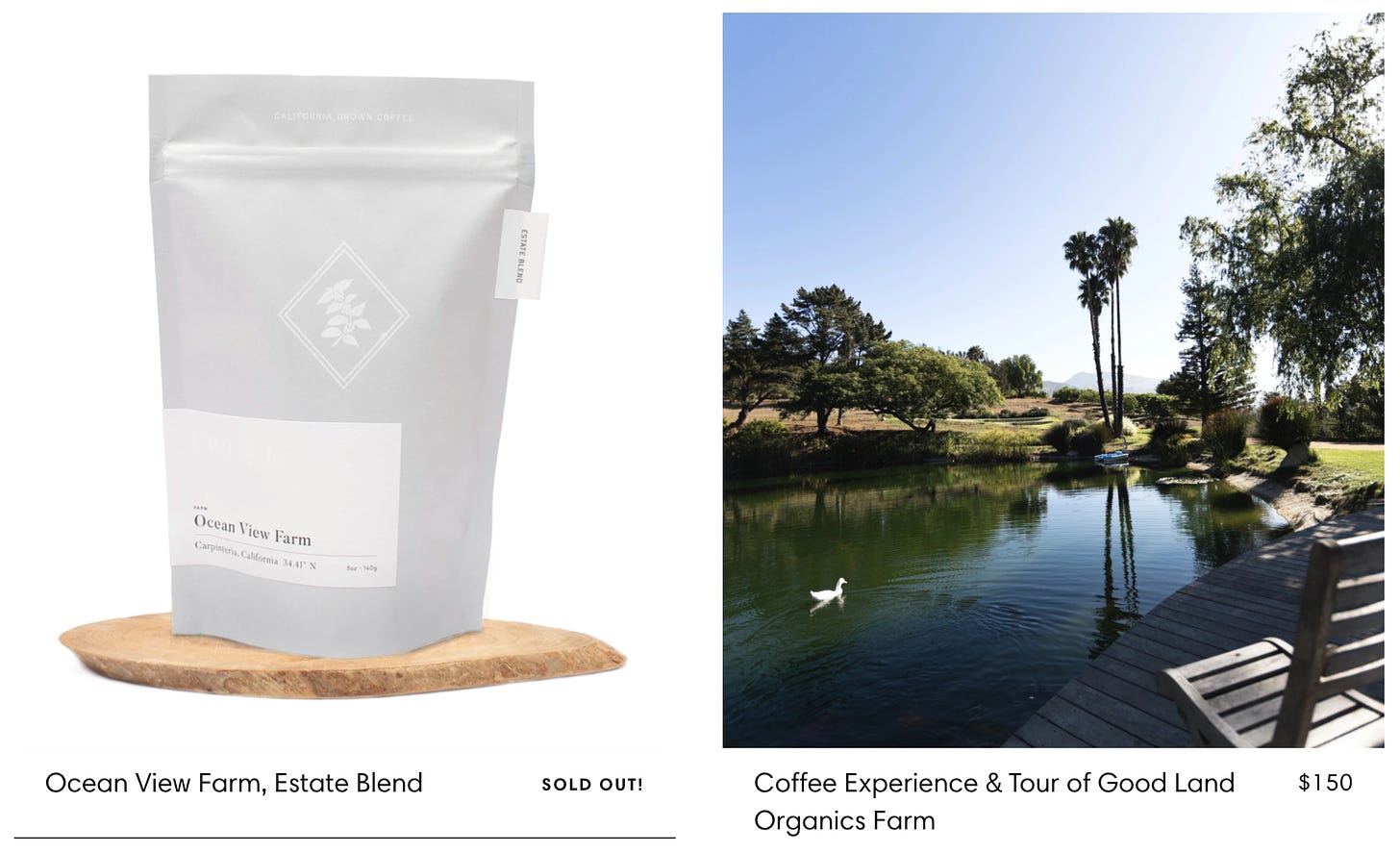
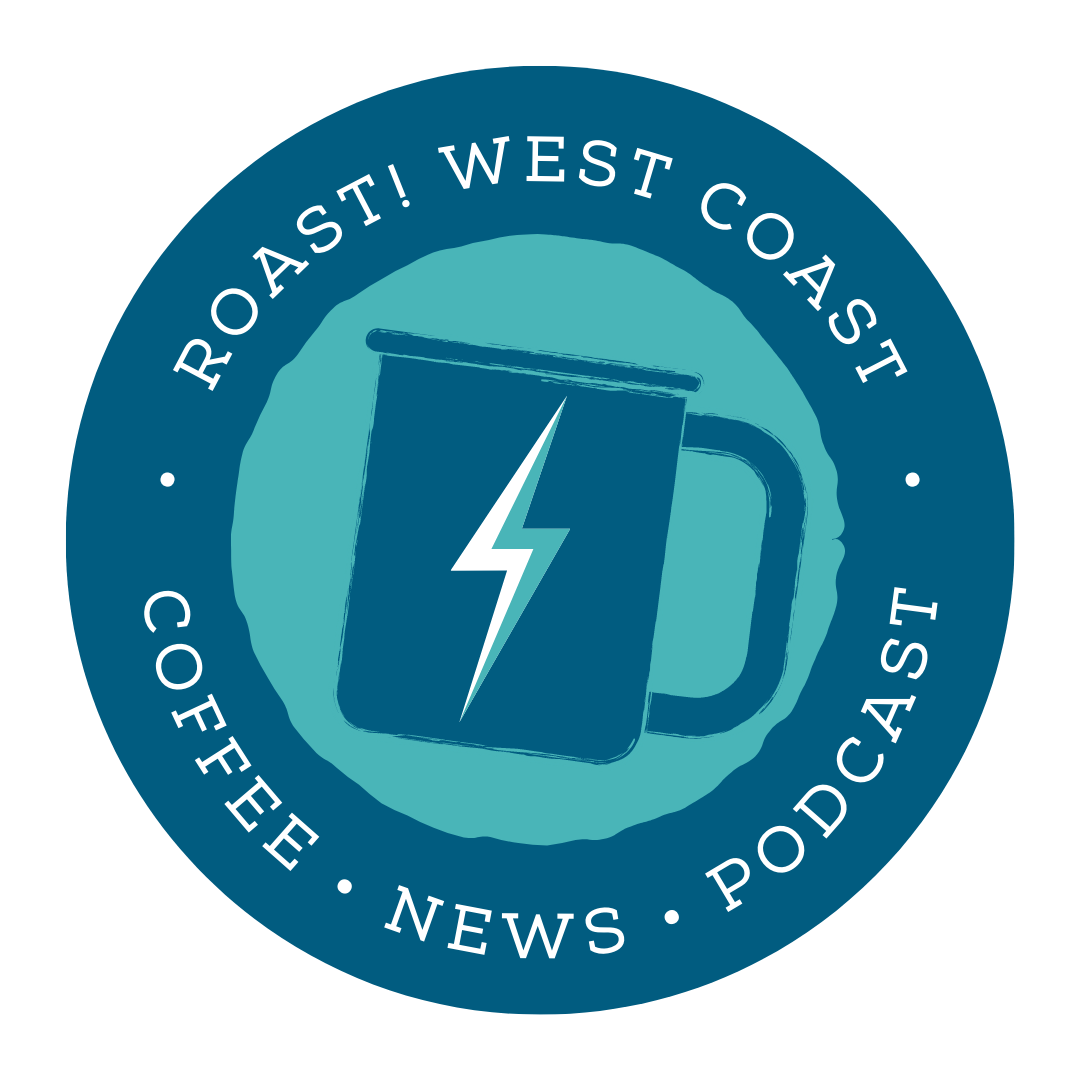



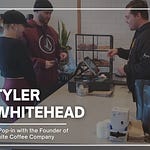

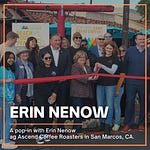
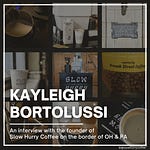
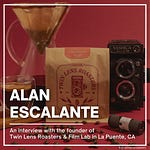
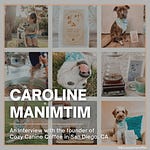
Roast! - Coffee Smarter Week 4